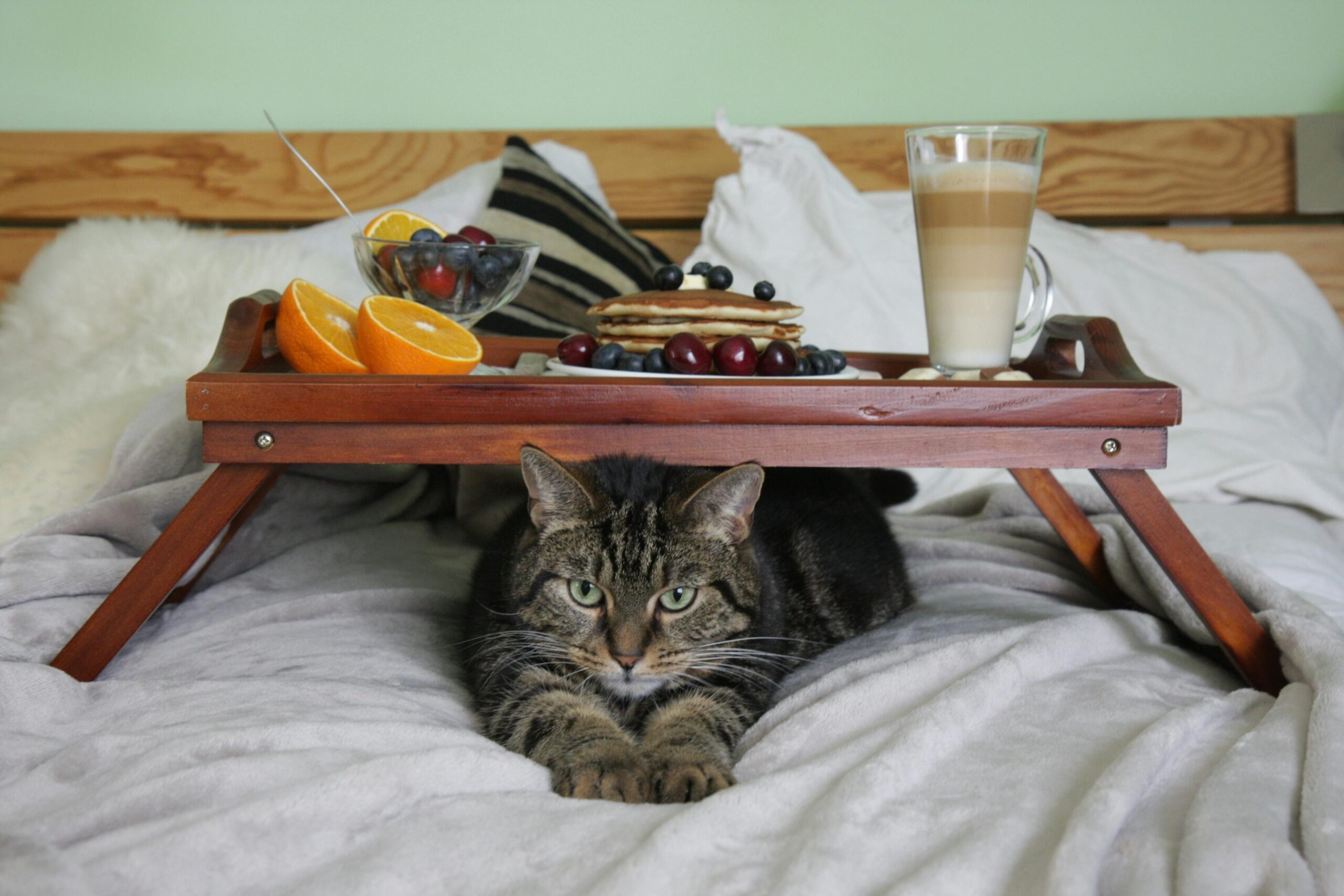Top 3 Vet-Approved Homemade Cat Food Recipes: A New Step-By-Step Guide
Making homemade cat food is a rewarding way to ensure that your feline companion receives nutritious, fresh meals tailored to their specific needs. However, preparing these meals with proper guidance is crucial to meet your cat’s dietary requirements. This guide will provide you with vet-approved homemade cat food recipes that are both balanced and delicious, ensuring your cat’s health and happiness.
Why Choose Homemade Cat Food?
Opting for homemade cat food comes with several benefits:
- Control Over Ingredients: You can select high-quality, fresh ingredients and avoid preservatives, fillers, and artificial additives.
- Tailored Nutrition: Homemade recipes allow you to adjust the diet according to your cat’s health needs, preferences, and any allergies.
- Enhanced Flavor: Fresh, natural ingredients often appeal more to cats, encouraging them to eat with enthusiasm.
However, it’s essential to follow vet-approved recipes to ensure your cat receives all the necessary nutrients, as an unbalanced diet can lead to health issues.
Essential Nutrients for Cats
Cats are obligate carnivores, which means they require a diet rich in animal-based proteins and fats. Here’s a breakdown of key nutrients that must be included in their diet:
- Protein: Essential for muscle growth and overall health. High-quality proteins should come from meat sources like chicken, turkey, beef, and fish.
- Taurine: An amino acid vital for heart and eye health. Taurine is found naturally in animal tissues and must be included in a cat’s diet.
- Fats: Provide energy and aid in the absorption of fat-soluble vitamins like A, D, E, and K.
- Vitamins and Minerals: Including calcium, phosphorus, zinc, and vitamins B, A, and D. These are necessary for bone health, immune function, and overall well-being.
- Water: Adequate hydration is crucial, so moisture-rich food is important.

Vet-Approved Homemade Cat Food Recipes
Below are some balanced, vet-approved homemade cat food recipes. Always consult with your veterinarian before introducing any new diet to your cat.
Recipe 1: Chicken & Turkey Delight
This recipe combines chicken and turkey, both excellent sources of protein, along with essential supplements to provide a balanced meal.
Ingredients:
- 1 pound boneless, skinless chicken thighs
- 1/2 pound turkey breast
- 1/4 cup chicken liver (rich in vitamins A and D)
- 1/4 teaspoon taurine powder
- 1,000 mg fish oil (for omega-3 fatty acids)
- 1/2 teaspoon calcium carbonate (or ground eggshells)
- 1/2 cup water (for moisture)
Instructions:
- Cook the Meat: Lightly cook the chicken thighs, turkey breast, and chicken liver until they’re fully cooked but still moist.
- Grind or Chop: Finely chop or grind the meat and liver to a texture suitable for your cat.
- Mix Ingredients: In a large bowl, combine the meat mixture with taurine powder, fish oil, and calcium carbonate. Add water to increase moisture.
- Portion and Serve: Divide the mixture into portions appropriate for your cat’s size and store the leftovers in the refrigerator for up to 3 days or freeze for longer storage.
Recipe 2: Beef & Liver Feast
This hearty recipe is rich in protein and iron, ideal for maintaining your cat’s muscle mass and overall health.
Ingredients:
- 1 pound ground beef (85% lean)
- 1/4 pound beef liver
- 1 large egg (cooked)
- 1,000 mg fish oil
- 1/2 teaspoon taurine powder
- 1/2 teaspoon bone meal (for calcium)
- 1/4 teaspoon iodized salt (optional, to balance minerals)
- 1/4 cup water
Instructions:
- Cook the Beef and Liver: Cook the ground beef and beef liver in a pan until fully cooked. Ensure the liver is finely chopped.
- Cook the Egg: Boil the egg until fully cooked, then chop or mash it.
- Combine Ingredients: In a mixing bowl, combine the beef, liver, egg, fish oil, taurine, bone meal, and salt. Add water to achieve a moist consistency.
- Serve and Store: Serve a portion to your cat and refrigerate or freeze the rest for later use.
Recipe 3: Fish & Egg Special
This recipe is rich in omega-3 fatty acids, which are beneficial for your cat’s skin, coat, and overall health.
Ingredients:
- 1/2 pound salmon fillet (boneless, skinless)
- 1/4 pound white fish (like cod or tilapia)
- 1 large egg (cooked)
- 1/4 teaspoon taurine powder
- 1/2 teaspoon calcium carbonate
- 1/2 cup water
- 1 teaspoon flaxseed oil (optional)
Instructions:
- Cook the Fish: Lightly steam the salmon and white fish until fully cooked. Ensure all bones are removed.
- Prepare the Egg: Boil the egg, then chop it finely.
- Mix Together: In a bowl, combine the cooked fish, egg, taurine powder, calcium carbonate, and flaxseed oil. Add water to maintain moisture.
- Portion and Store: Serve the food fresh and store the leftovers in the refrigerator for up to 3 days or freeze for later use.

Tips for Making Homemade Cat Food
- Variety is Key: Rotate different protein sources to provide a wide range of nutrients.
- Avoid Toxic Ingredients: Never include onions, garlic, chocolate, grapes, or raisins in your cat’s food as these are toxic to cats.
- Supplement Wisely: Since homemade diets may lack certain nutrients, supplements like taurine, calcium, and fish oil are essential to ensure a balanced diet.
- Consult Your Vet: Always work with your veterinarian to create and adjust homemade diets. Regular check-ups will help monitor your cat’s health and dietary needs.
Conclusion
Homemade cat food can be a healthy and rewarding option for your feline friend, but it requires careful planning and consideration. By following these vet-approved recipes and consulting with your veterinarian, you can provide your cat with a nutritious and balanced diet tailored to their specific needs. Remember, every cat is unique, so it may take some trial and error to find the perfect homemade diet that your cat loves and thrives on.







